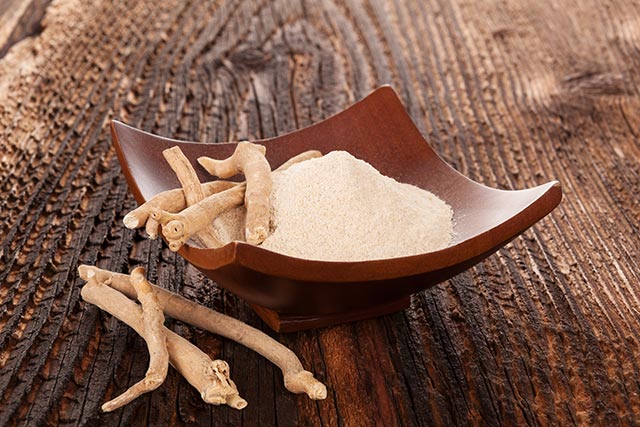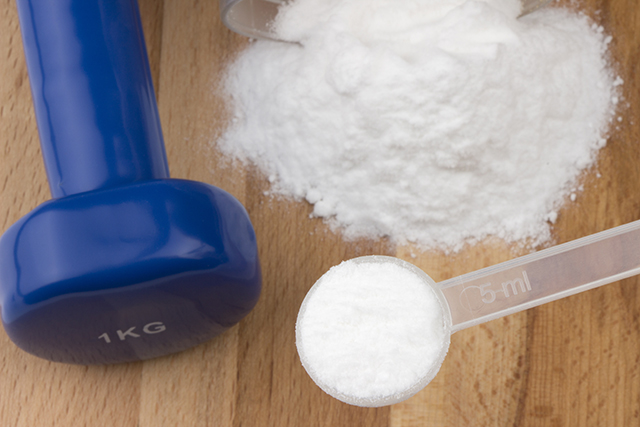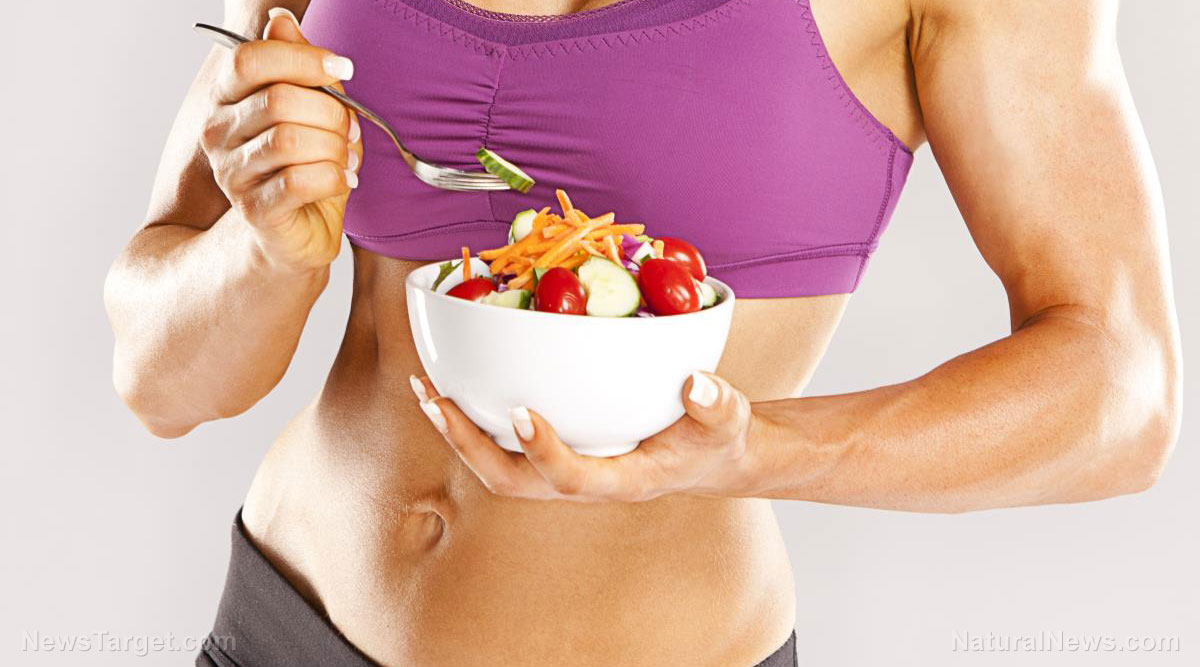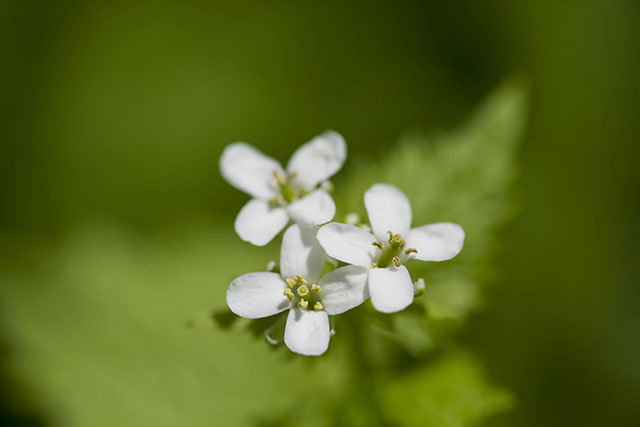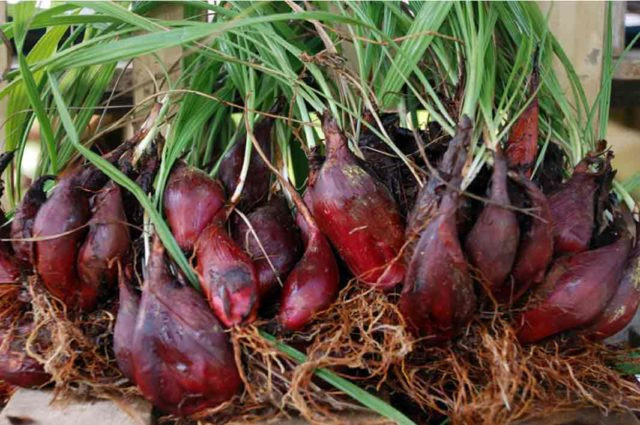Vegetable juicers: Which one is right for YOU?
06/02/2016 / By usafeaturesmedia
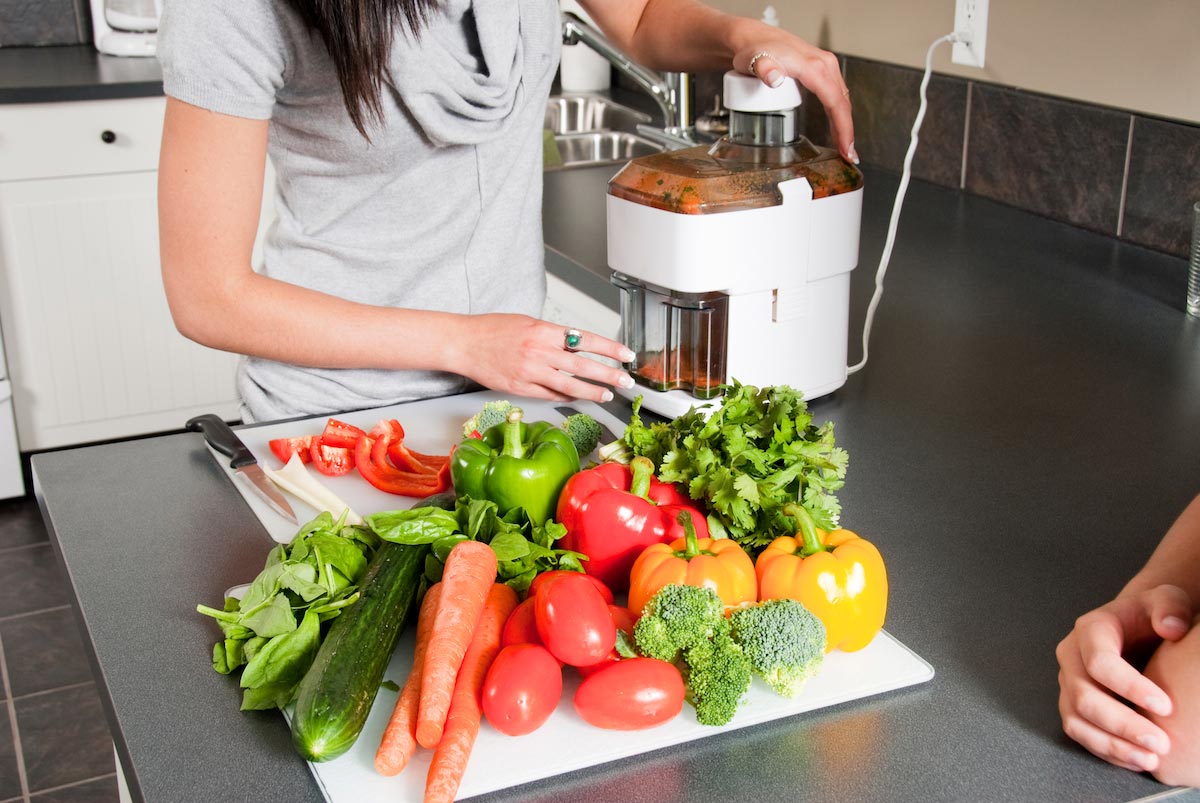
(WomensFitnessFocus.com) Preparing fresh juice at home can feed your body essential nutrients to help you live a healthier lifestyle. Supplementing your diet with fresh juice is an excellent strategy to alkalize your body and prevent lowered immunity, disease and cancer.
Are you prepared to start a juicing regimen to improve your health and vitality but don’t know where to start? The market is inundated with a variety of vegetable juicers but which juicer is best for you?
Why choose a juice extractor?
A study performed by the National Measurement Institute with the Australian Government suggests that a juice extractor may retain more potassium, vitamin C and vitamin A than a blender.
Despite the fact that the fruit or vegetable pulp and peel are separated from the juice, a report of the study found that the blended juice actually contained up to 63 percent fewer vitamins and minerals than its juice extractor opponent.
- If it’s ‘all-natural’ all the time, you’ll find it here – Shop now!
Blending techniques may excessively introduce oxygen into the cellular components of the plant nutrients thereby promoting oxidative damage. Consider slicing into an avocado or apple. The longer the apple or avocado is exposed to air, what will happen to the color?
Oxidative damage to fruits and vegetables results from exposure to oxygen as well as temperature and light changes. These added stressors change the nutrient profile of the ingredients and may reduce the health benefits they originally contained.
Centrifugal juicers
This term is used to describe juicers that grind the ingredient in order to extract juice. Centrifugal juicers extract juice at high speeds which allows you to make juice in shorter periods of time as opposed to slower systems.
Unfortunately, these juicers do not tend to juice leafy greens well. In fact, if you want to juice wheatgrass or herbs you might have better luck squeezing the juice out using a butter knife and a hard surface.
Masticating juicers
Masticating juicers refer to the same technique by which you prepare food for digestion in the process of chewing. These types of juicers chew ingredients using a single auger. The auger rotates as low speeds which can result in less friction and therefore a reduced amount of heat. These products also prevent the buildup of foam in products because their slow chewing technique incorporates less air.
Masticating juicers are an excellent option if you will be juicing tough vegetable foods such as leafy greens and wheatgrass. These juicers also serve a variety of purposes in the kitchen including making your own pasta, baby food, or peanut butter or preparing fresh ground coffee from whole beans.
As a consequence of their slow rate at separating juice from pulp, masticating juicers generally require a greater amount of time devoted to preparing and producing juice. If juicing needs do not require you to feed multiple mouths in the morning in a time crunch, a masticating juicer will work for you.
Triturating juicers
Not a common technique for juicing fruits and vegetables, juice from triturating juicers are known as fresh pressed. These types of juicers combine two augers which enables it to produce a higher yield of juice from almost any source of plant food.
If you want all the benefits of a masticating juicer but with a higher concentration of juice produced, you may choose to purchase a triturating juicer. Before you make a decision, first question if the extra cleaning time that you need to put into sanitizing the many parts of a triturating juicer is worth the extra drops of juice you might acquire.
For more on this topic, check out http://drjockers.com/what-is-the-best-vegetable-juicer/ and my article on best produce to juice http://drjockers.com/guide-great-juicing/.
Reporting by Dr. David Jockers, NaturalNews.com.
More:
- Yoga Therapy Will Offer You Relief From Binge Eating
- Yoga 101: How To Get Started With This Accessible, Balanced Form Of Exercise
- Walking Now Considered The ‘Superfood’ Of Fitness As Short-Burst High Intensity Training Seen As Counterweight To Sitting All Day
WomensFitnessFocus.com is part of the USA Features Media network. Check out our daily headlines here.
Tagged Under: juicing, vegetables













